Proper Care Of A Swiss Cheese Plant
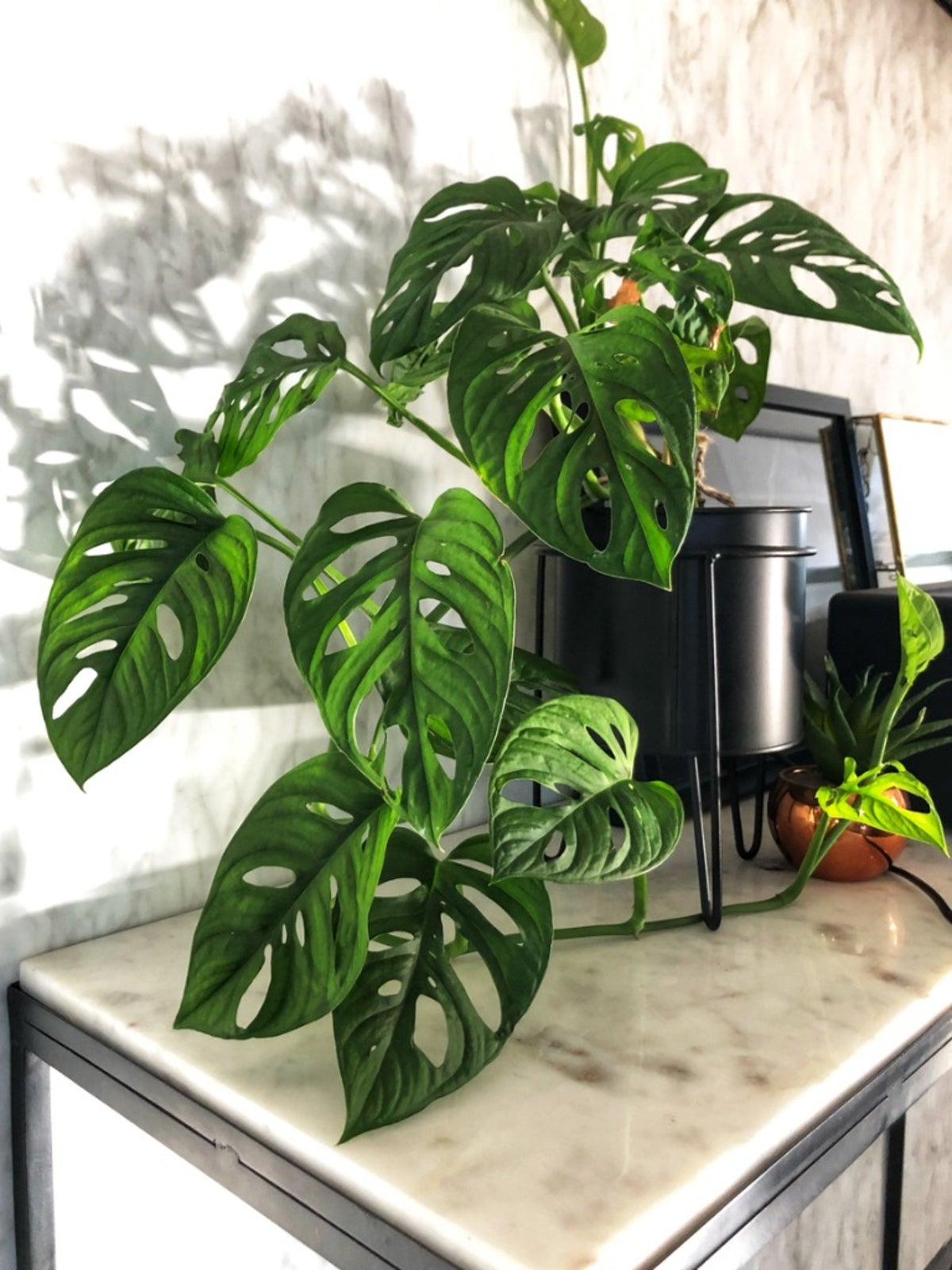

The Swiss cheese plant (Monstera) is a tropical ornamental that has aerial roots growing downwards from the stem. These roots easily reach the ground, giving this plant a vine-like tendency. The Swiss cheese plant gets its name from its large, heart-shaped leaves, which as it ages, become covered with holes that resemble Swiss cheese.
Swiss Cheese Vine Plant Info
The Swiss cheese vine plant prefers full sun but will adapt to partial shade. It enjoys moist, well-drained soil. This plant grows best in warm conditions and requires high humidity. The Swiss cheese vine plant does not tolerate frost, so this should be considered before planting. Most often the plant can be grown as a container plant indoors and performs well when grown on poles or in baskets. Allow the soil to dry out some between waterings.
How to Repot and Cut Back a Swiss Cheese Plant
The question of how to repot and cut back a Swiss cheese plant is not too difficult to answer. Repot the Swiss cheese plant, moving it up a size, using a rich potting soil made up of compost and peat to help with aeration and drainage. Also, when repotting, make sure you loosen the roots up some before placing them into a new pot. These plants are top-heavy and require support.
If you desire to grow the Swiss cheese plant on a moss pole, this is a good time to do so. Place the moss pole into the pot with the plant. Lightly tie the stems to the pole with string or pantyhose. Be sure to mist the moss pole regularly.
After repotting the Swiss cheese vine plant, water it thoroughly. Since the Swiss cheese vine plant can become uncontrollable, it should be managed by pruning it back. Pruning can be done any time the plant appears too tall, or whenever aerial roots become difficult to control, especially when growing Swiss cheese plant on a moss pole.
Swiss Cheese Plant Propagation
The Swiss cheese vine plant can be propagated through seeds, stem cuttings, or suckers, with cuttings or suckers more common. If you are wondering how to take Swiss cheese plant cuttings, it is easy. For this Swiss cheese plant propagation, just take stem cuttings, with a section of the stem remaining, by cutting just after a leaf node.
Remove the first leaf near the base of the cutting and plant the node within the soil. You can use rooting hormone if desired, but this isn't necessary. Water well, allowing it to drain out. Ideally, you may want to root the cutting in water beforehand, moving it to a pot once rooting has adequately begun taking place. Root the cutting of Swiss cheese vine plant in water for about two to three weeks, then transfer to a pot filled with rich potting soil.
Gardening tips, videos, info and more delivered right to your inbox!
Sign up for the Gardening Know How newsletter today and receive a free copy of our e-book "How to Grow Delicious Tomatoes".
You can also do Swiss cheese plant propagation by wrapping damp moss around the stem at a small aerial root and leaf axil, holding it in place with string. Enclose this section in a clear bag, tied off at the top (adding a few small air vents). Within a few months, new roots should begin to develop on the Swiss cheese vine plant.

Heather Rhoades founded Gardening Know How in 2007. She holds degrees from Cleveland State University and Northern Kentucky University. She is an avid gardener with a passion for community, and is a recipient of the Master Gardeners of Ohio Lifetime Achievement Award.
-
 What’s Wrong With Your Azaleas? Identify, Tackle And Prevent 6 Common Azalea Pests
What’s Wrong With Your Azaleas? Identify, Tackle And Prevent 6 Common Azalea PestsIf you’ve spotted signs of azalea leaf damage, don’t panic – here’s how to identify the most common azalea pests so you can take action swiftly and keep plants healthy
-
 How Much Sun Do Roses Need To Grow? Understanding Rose Light Requirements
How Much Sun Do Roses Need To Grow? Understanding Rose Light RequirementsDiscover how much sunlight your roses really need to grow strong, bloom beautifully, and stay healthy all season long.
-
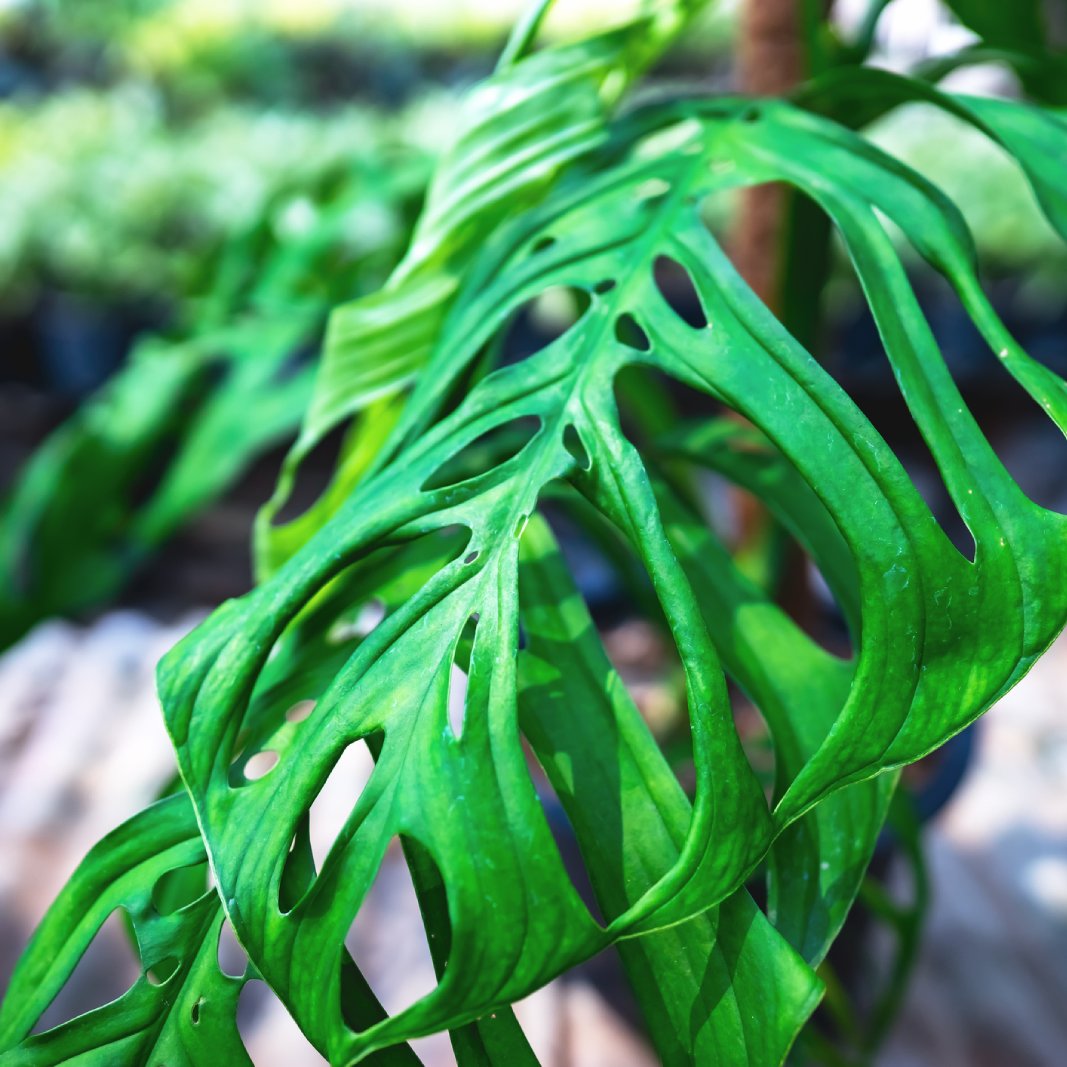 Monstera Esqueleto Care Guide
Monstera Esqueleto Care GuideMonstera esqueleto is a high-drama houseplant with natural holes in its leaves. It loves to climb and enhance your living space with its big evergreen presence.
-
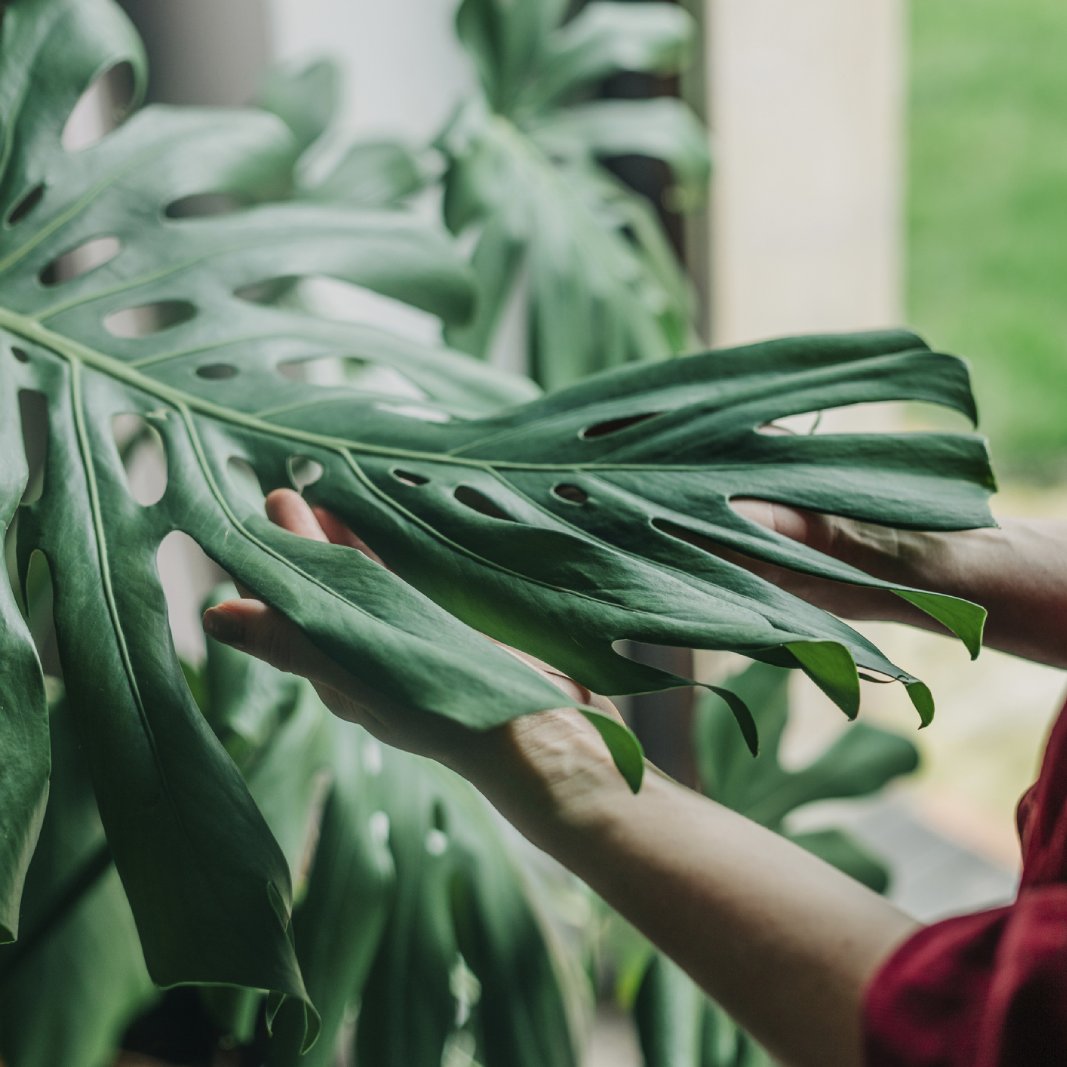 Why Is My Monstera Not Growing Split Leaves?
Why Is My Monstera Not Growing Split Leaves?If your Monstera leaves aren't splitting, there could be several ways to fix the problem. Here's how to get that lovely Swiss cheese look.
-
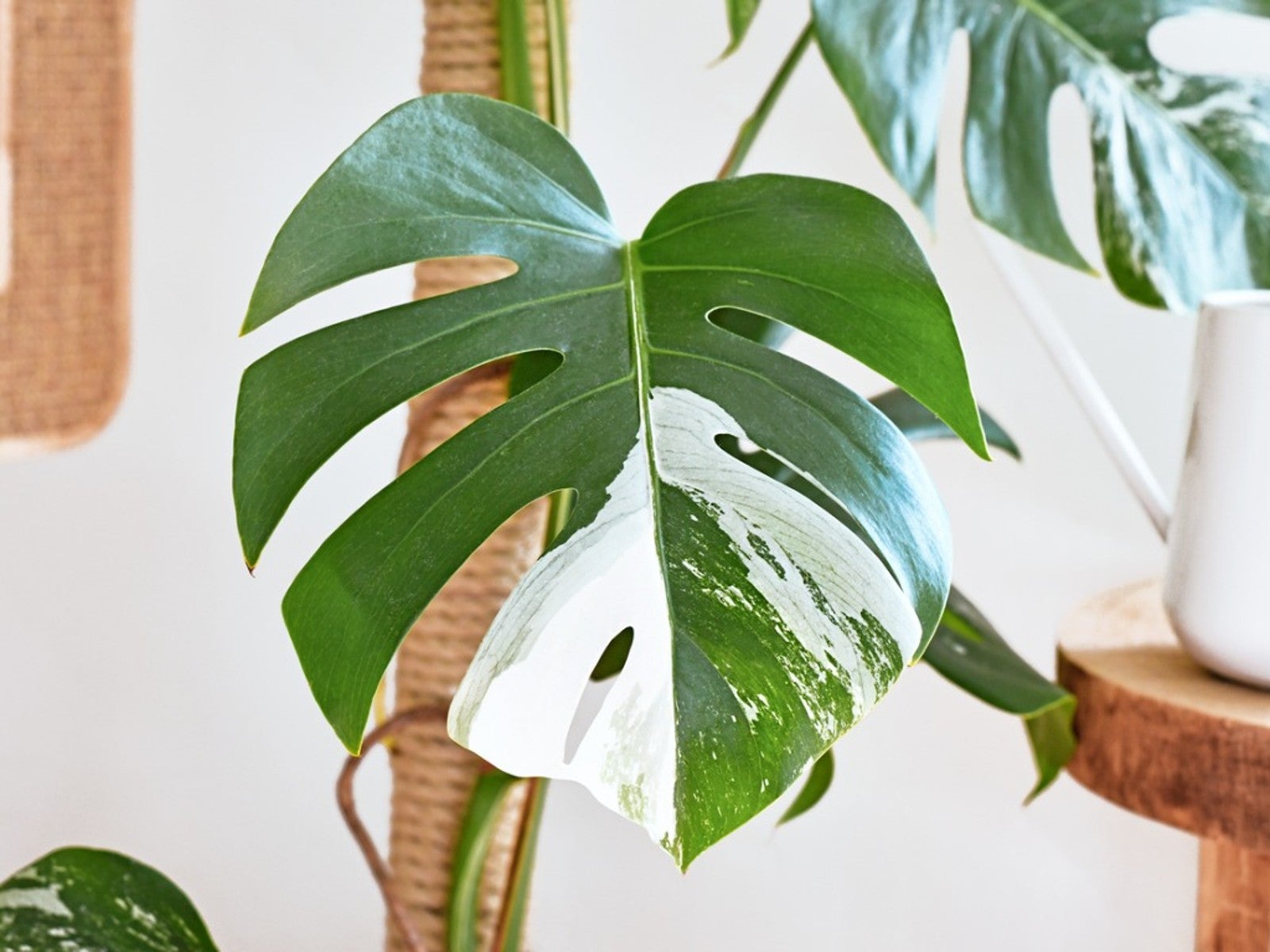 Variegated Monstera Plant Varieties To Grow Indoors
Variegated Monstera Plant Varieties To Grow IndoorsMonstera are tremendously popular houseplants. Especially the attractive variegated Monstera deliciosa. Click to find out more.
-
 7 Types Of Monstera Every Plant Lover Should Have In Their Collection
7 Types Of Monstera Every Plant Lover Should Have In Their CollectionWith their deep leaf splits and wild variegation, monsteras are real show-stopping houseplants. Here are seven of our favorites.
-
 Learn What To Do With A Leggy Monstera
Learn What To Do With A Leggy MonsteraLeggy monstera can be rehabilitated with a little know how. Pruning leggy monstera isn't difficult. Click here to find out more.
-
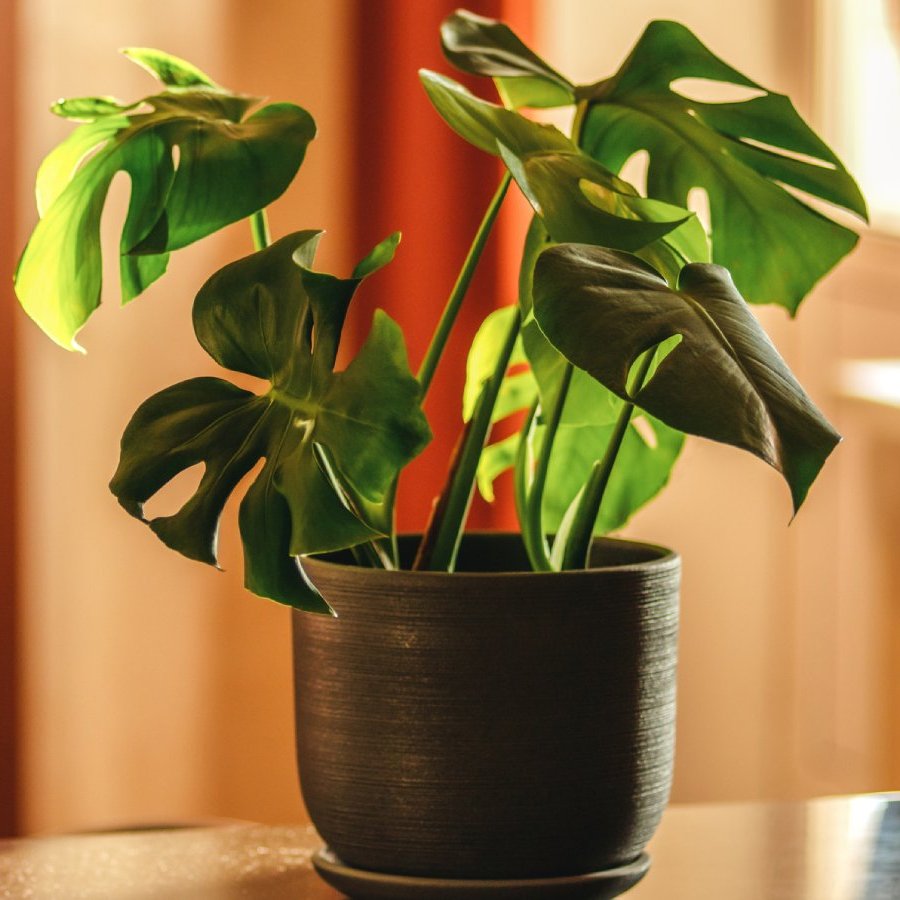 Monstera Deliciosa Flower - Growing Swiss Cheese Plant For Flowers And Fruit
Monstera Deliciosa Flower - Growing Swiss Cheese Plant For Flowers And Fruit -
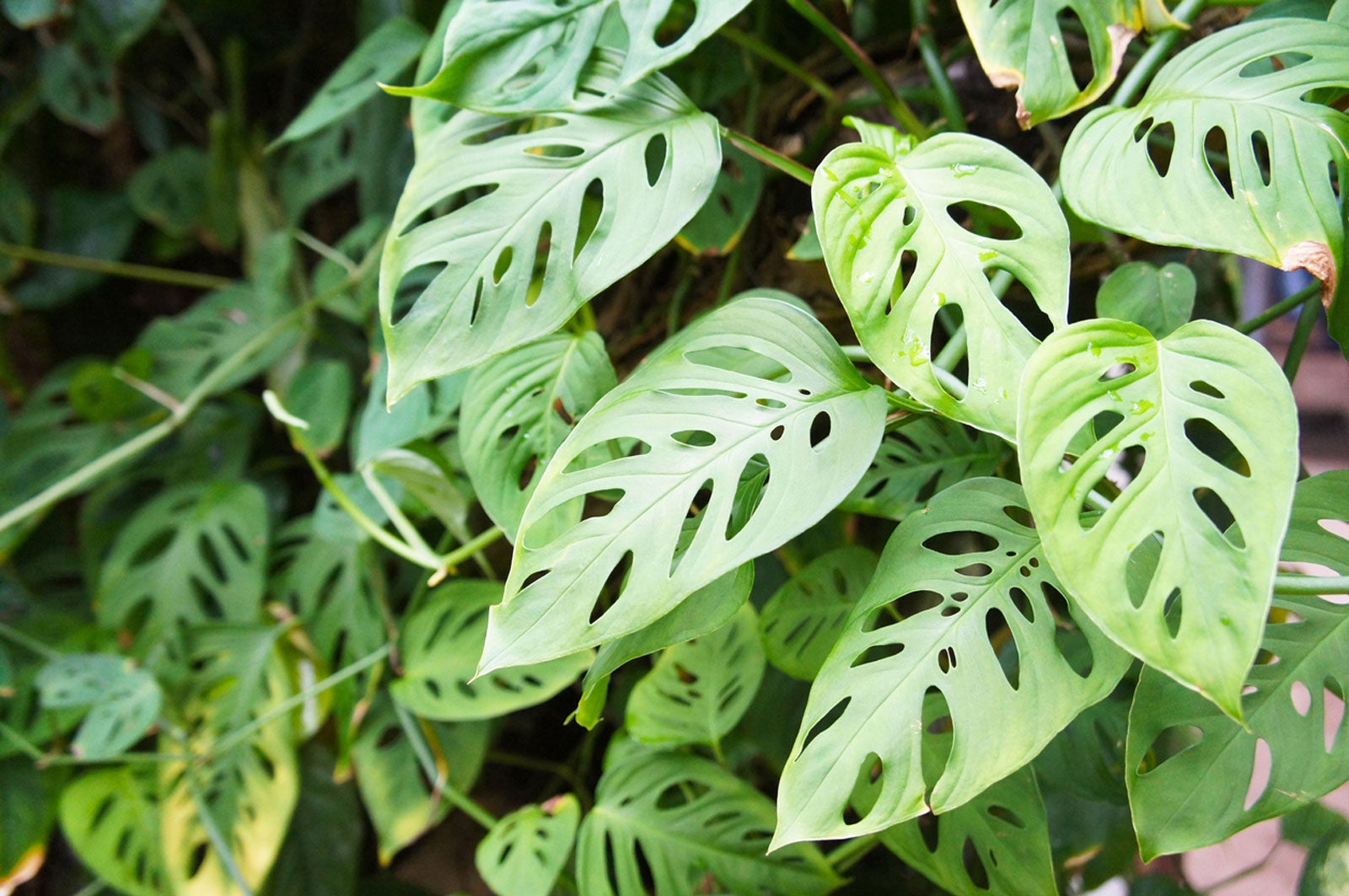 Adanson’s Monstera Plant Care: Tips For Growing A Swiss Cheese Vine
Adanson’s Monstera Plant Care: Tips For Growing A Swiss Cheese VineAdding interesting houseplants is just one of the many ways that growers can continue to nurture their love of growing in small spaces or throughout the winter months. Adanson’s monstera plant is unique and can instantly add visual interest to any room. Learn more here.
-
 How To Use A Moss Pole On Your Monstera Plant
How To Use A Moss Pole On Your Monstera PlantA moss pole monstera is simply a Swiss cheese plant whose roots grow and attach to a moss-covered pole. Does this impressive plant need one of these? Yes! It’s an epiphyte that gets its nourishment from the surrounding air and water.